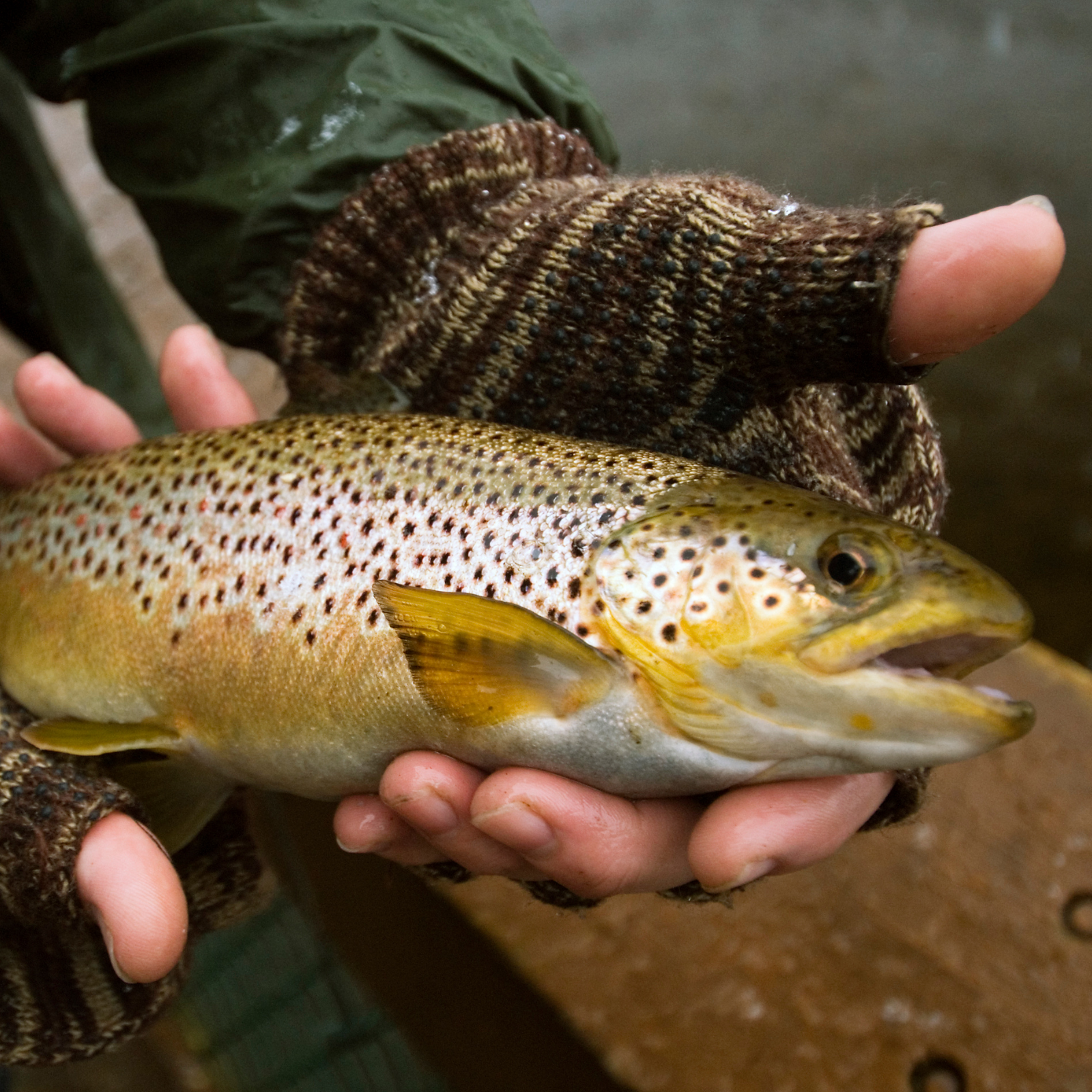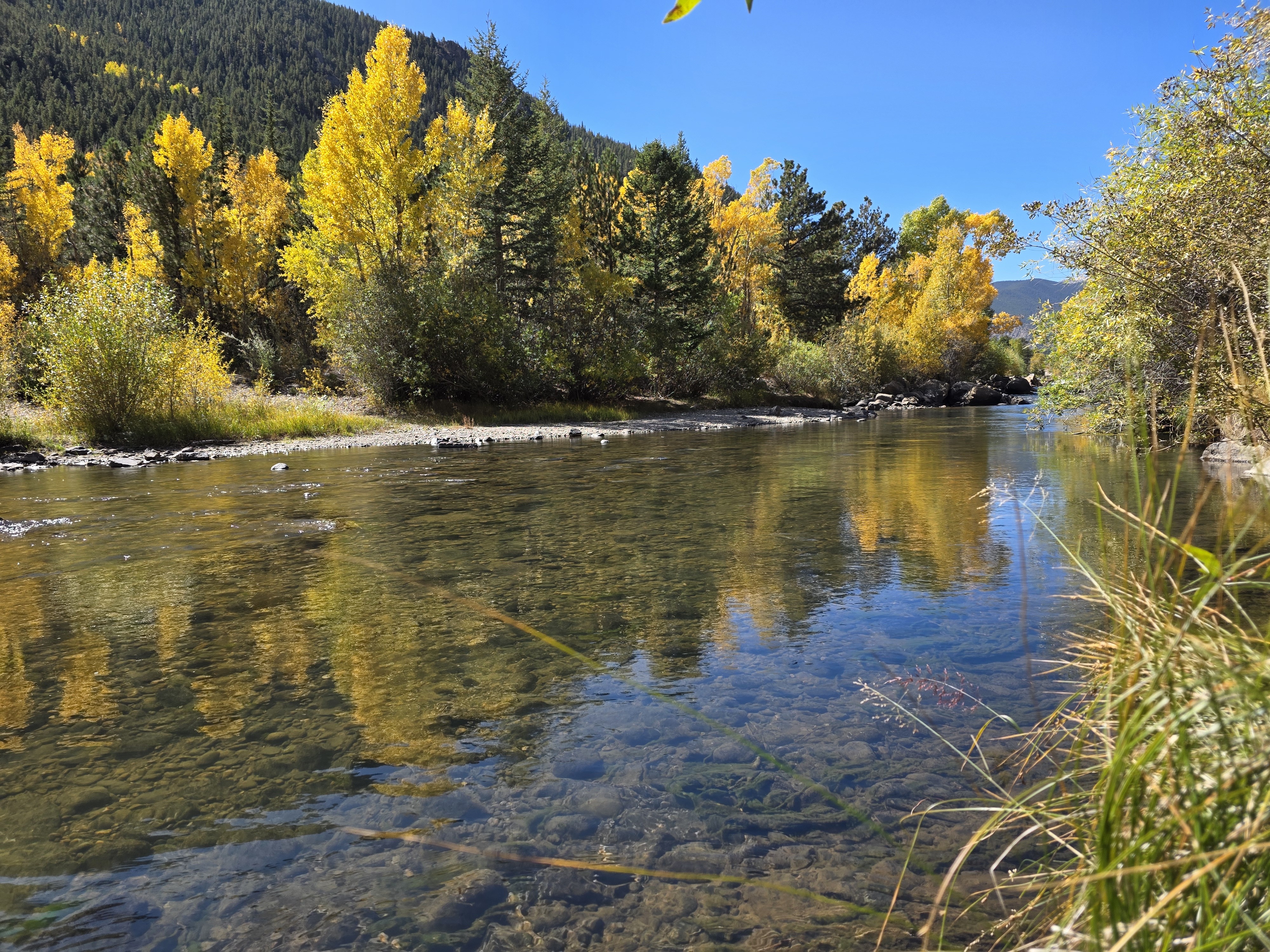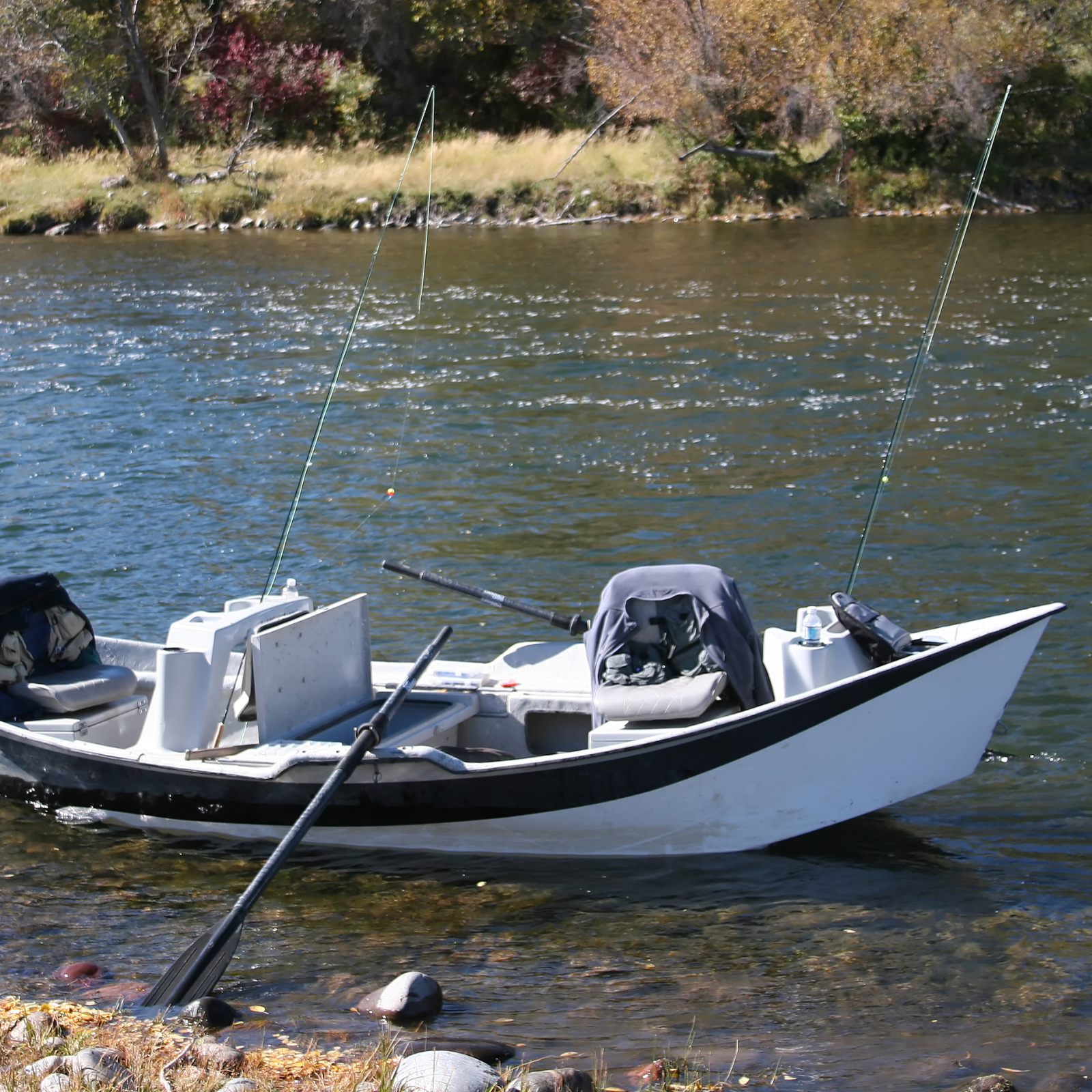There’s a sound you only hear once a year — that soft plop of an October caddis hitting the surface like a bad idea that somehow works.
It’s fall in Colorado, the leaves are gone, your hands are cold, and yet a few reckless trout are still looking up.
This isn’t a mayfly game. It’s caddis season’s encore, and it’s shorter than a front-range commute.
Listen to the Podcast
What Makes the October Caddis Different
Forget the dainty BWOs and midges. October caddis are big, loud, and orange — the pumpkin spice latte of the bug world.
But unlike those mid-summer hatches that go on for hours, this one happens fast and furious, usually just before dark.
Best Time: 4:00–6:30 PM, just as the sun drops behind canyon walls.
Best Rivers Right Now:
When the hatch hits, it’s visual chaos — trout smacking the surface, air thick with wings, and your indicator suddenly irrelevant.
1. Fish Big. But Not Stupid.
October caddis are size 12–14, but don’t mistake “big” for “sloppy.”
These trout are seeing the last few meals of the season and will scrutinize your every move.
Best Patterns:
- Elk Hair Caddis #14 — the classic silhouette.
- Orange Stimulator #12–14 — floats high, fishes bold.
- Goddard Caddis #12 — when you need that buoyant bomber for fast seams.

Presentation Tip:
Cast quartering upstream, let it drift naturally, and then give it a little twitch near the end — that’s often the trigger.
“If your fly’s not skating a little, you’re not caddising right.”
2. The Trick is Timing
This hatch doesn’t care about your schedule. It’s all about the light.
Too early, nothing. Too late, they’re gone.
The Magic Window:
- 30 minutes before full shade hits the canyon wall.
- Cloudy days extend it.
- Wind kills it.
So plan your day like a sniper — get there early, rig up, and wait for the light to shift.
3. Go Subsurface When It Ends
When the splashy rises stop, don’t pack up yet.
Trout keep feeding on the caddis pupae drifting below the surface long after the adults disappear.
Best Patterns:
- Deep Sparkle Pupa #16
- Soft-Hackle Caddis #14–16
- Beadhead October Caddis #12
Rig:
A two-fly nymph setup with 5X fluoro, a small shot, and a yarn indicator.
Fish the first 18 inches of depth — the bugs aren’t far down.
4. Streamers and Caddis: The Power Couple
When the hatch slows, tie on a small olive or brown streamer and swing it through the same lanes.
You’ll often pick off browns that missed the main course but are still hanging around for dessert.
Streamer Pairing:
- Mini Leech #10 + Soft Hackle Caddis dropper.
- Short line swing, side current presentation.

5. Where to Find the Last Caddis Hatches in Colorado
Williams Fork Near Parshall: Deep canyon water and lingering warmth keep bugs moving late.
Cache La Poudre: South-facing stretches hold the heat; watch the tailouts near The Narrows.
Crystal River: Clear water, fast riffles, and a golden-hour window that can turn magical.
Upper Arkansas Near Salida: Longer hatch window, perfect for a dry-dropper setup through the riffles.
Check our latest River Reports for flow and hatch timing before heading out.
6. Fish With Your Ears, Not Just Your Eyes
The October caddis hatch is loud — you’ll hear it before you see it.
That signature “plop” tells you exactly where to cast next.
Trout rise in rhythm, and once you find it, it’s like drumming along — cast, drift, twitch, repeat.
7. Know When to Walk Away
By November, it’s over.
You might see a stray caddis here or there, but they’re not worth your frozen fingers.
When that happens, switch gears — it’s BWO, midge, and streamer season from here on out.
Final Word
The October caddis hatch isn’t about numbers — it’s about moments.
That one big brown rising through orange leaves and blue shadows.
The last sign that the season still has some fight left.
If you blink, you’ll miss it.
But if you plan it right, it’s the best 30 minutes of your fall.
.png?width=300&height=100&name=Copy%20of%20Rise%20Beyond%20Logo%2012.31.24%20(300%20x%20100%20px).png)
.png)



